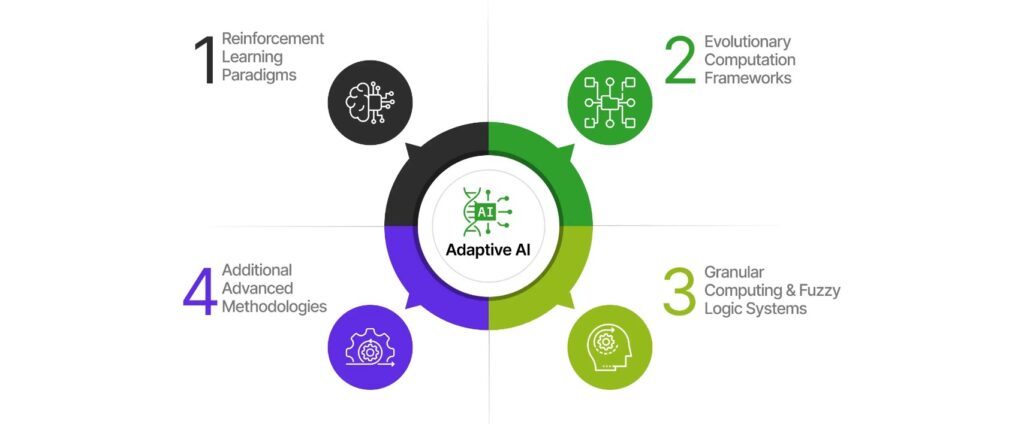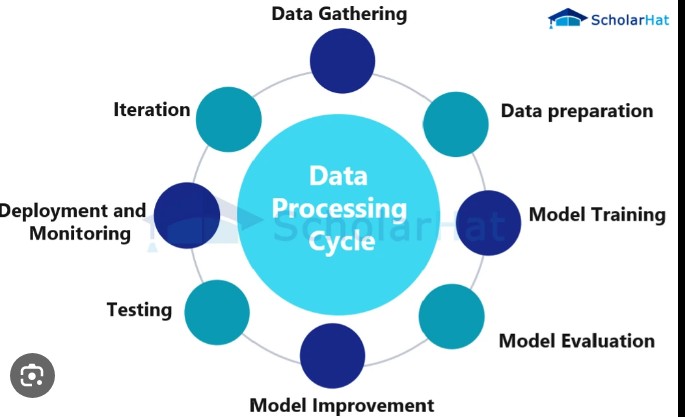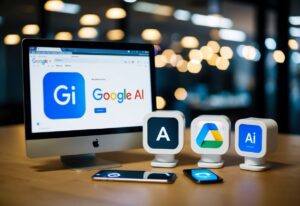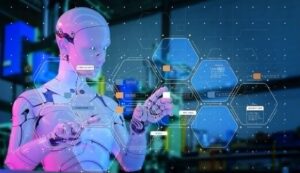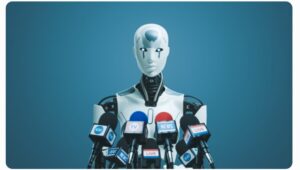AI Characteristics
10 AI characteristics explained with practical real-life use cases.
Exploring the characteristics of Artificial Intelligence (AI) is essential as we navigate its exciting and transformative realm. I find it captivating to examine the specific qualities that define AI, as they illuminate its strengths and weaknesses. From machine learning and natural language processing to reasoning and perception, each characteristic plays a crucial role in how AI systems function and engage with their surroundings.
In this discussion, I’ll highlight the core attributes that distinguish AI, emphasizing its ability to learn from data, adapt to new challenges, and perform tasks traditionally associated with human intelligence. These qualities not only set AI apart from other technologies but also underscore its potential to revolutionize a wide range of industries.
Throughout this post, I’ll delve into these fundamental characteristics and share insights into their implications for AI applications in our everyday lives.
My aim is to provide a deeper understanding of what AI can accomplish and where it may fall short, empowering you to appreciate the significant impact this technology is having on our world.
Let’s embark on this exploration of AI’s remarkable characteristics and discover what makes it such a powerful and innovative force!
1. Learning Ability
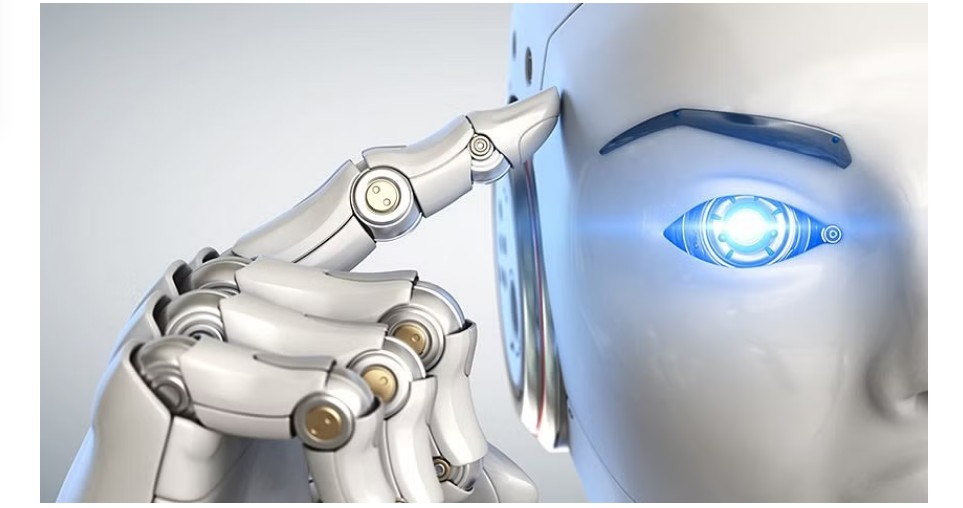
AI’s learning ability refers to its capacity to automatically improve its performance on a task through experience without being explicitly programmed. This characteristic is primarily achieved through machine learning algorithms that can recognize patterns, make predictions, and adapt based on new data.
Use Cases:
- Machine Learning Models: These are widely used in various applications, from image recognition to predictive analytics.
Examples:
- Spam Filters: Email providers like Gmail utilize machine learning to detect spam emails. The system learns from user interactions, such as marking emails as spam or not, continually improving its filtering accuracy over time. As more users interact with the spam filter, it refines its algorithms to better distinguish between legitimate emails and spam, ultimately providing users with a cleaner inbox.
- Personalized Recommendations: Platforms like Amazon and Netflix analyze user behavior (what you click on, watch, or purchase) to suggest products or media that you might like. For instance, if you frequently watch thriller movies, Netflix will learn your preference and recommend similar content, enhancing user engagement.
2. Natural Language Processing (NLP)
Natural Language Processing is a subfield of AI that enables machines to understand, interpret, and generate human language in a way that is both meaningful and useful. NLP combines computational linguistics, computer science, and linguistic knowledge to enable AI to interact with humans naturally.
Use Cases:
- Customer Support: Automating responses to common customer inquiries through chatbots or virtual assistants.
Examples:
- Google Assistant: This voice-activated AI uses NLP to understand spoken commands. For instance, if you say, “What’s the weather like today?” Google Assistant processes the natural language, retrieves the weather data, and responds in a conversational manner. It can also handle follow-up questions, providing a more natural interaction.
- Chatbots: Companies like Drift use chatbots to engage customers on their websites. These bots can understand queries and provide immediate responses, significantly improving customer service. For instance, a customer might ask, “What are your business hours?” The chatbot can quickly provide the answer without needing human intervention.
3. Adaptability
Adaptability is the ability of AI systems to change their algorithms or operations based on new data or feedback from users. This characteristic allows AI to respond to dynamic environments and user preferences.
Use Cases:
- Adaptive Learning Systems: These systems modify educational content based on individual learner performance and needs.
Examples:
- Netflix Recommendations: The platform continuously adapts its suggestions based on user viewing history. If a user starts watching more documentaries, Netflix will adjust its algorithm to prioritize documentary recommendations, ensuring the user sees content that aligns with their evolving interests.
- Social Media Feeds: Platforms like Facebook and Instagram use adaptability to curate users’ feeds. They analyze engagement metrics (likes, shares, comments) to adjust what content appears prominently, ensuring users see posts that are most relevant to them.
4. Reasoning and Problem Solving
This characteristic encompasses AI’s ability to analyze data, draw logical conclusions, and make decisions based on complex information, often mirroring human reasoning processes.
Use Cases:
- Expert Systems: AI systems that provide decision-making support in specialized fields like healthcare, finance, and law.
Examples:
- IBM Watson for Healthcare: Watson can analyze medical literature, clinical trial data, and patient records to assist doctors in diagnosing diseases and recommending treatment plans. For example, when presented with a patient’s symptoms and history, Watson can suggest potential diagnoses and highlight relevant studies that support its recommendations.
- Chess Programs: AI like Deep Blue, which famously beat world chess champion Garry Kasparov, utilizes reasoning and problem-solving capabilities to evaluate millions of possible moves and outcomes. This type of reasoning allows the AI to make strategic decisions based on a vast array of potential scenarios, often outperforming human players.
5. Automation
Automation in AI refers to the ability to perform tasks automatically with little or no human intervention, enhancing efficiency and productivity in various processes.
Use Cases:
- Manufacturing Automation: Utilizing robots and AI systems to streamline production lines.
Examples:
- Industrial Robots: Companies like Tesla employ AI-driven robots on their assembly lines to perform repetitive tasks such as welding, painting, and assembling parts. These robots operate with high precision and speed, significantly reducing production time and minimizing errors compared to human labor.
- Customer Service Automation: Many businesses implement AI chatbots to handle customer inquiries, process orders, and provide information without needing human staff. For example, banks use AI systems to automate transaction processing, allowing customers to check balances, transfer money, and manage accounts through automated systems without waiting for human assistance.
6. Perception
Perception in AI refers to the ability to process and interpret sensory data from the environment. This includes visual, auditory, and tactile information, enabling AI systems to understand and interact with their surroundings effectively. It mimics human sensory perception by using various sensors and algorithms to analyze input data.
Use Cases:
- Computer Vision: Analyzing images and video to extract meaningful information.
- Speech Recognition: Understanding and transcribing spoken language into text.
Examples:
- Facial Recognition Technology:
- Application: Used in security systems, smartphones, and social media.
- How It Works: AI algorithms analyze facial features, creating a unique biometric profile for each individual. For instance, security systems at airports can match travelers’ faces against a database of known individuals, enhancing safety and security.
- Self-Driving Cars:
- Application: Autonomous vehicles rely on perception to navigate and operate safely.
- How It Works: These vehicles use a combination of cameras, LiDAR, and radar to interpret their surroundings. For example, Tesla’s Autopilot uses advanced perception systems to identify pedestrians, other vehicles, and road signs, allowing the car to make real-time driving decisions, such as stopping at a red light or merging into traffic.
7. Generalization
Generalization is the capacity of AI to apply learned knowledge from specific instances to new, unseen situations. This is crucial for enabling AI systems to make accurate predictions or decisions based on previously acquired knowledge, enhancing their versatility and applicability.
Use Cases:
- Predictive Modeling: Forecasting future trends based on historical data.
- Transfer Learning: Adapting a model trained on one task to perform well on a different but related task.
Examples:
Credit Scoring Models:
- Application: Banks and financial institutions assess the risk of lending to individuals.
- How It Works: AI analyzes historical data on borrowers’ repayment behaviors to create a model that predicts the likelihood of default for new applicants. For instance, if the model identifies a pattern in individuals who defaulted on loans, it can flag similar profiles in new applications for closer scrutiny.
Medical Diagnosis:
- Application: Assisting healthcare professionals in diagnosing diseases.
- How It Works: AI systems, like IBM Watson Health, use large datasets from previous patient cases to identify patterns and symptoms associated with specific diseases. For example, if the AI has seen many cases of pneumonia in patients presenting with certain symptoms, it can generalize this knowledge to diagnose new patients exhibiting similar signs, improving diagnostic accuracy and speed.
8. Emotional Intelligence
Emotional intelligence in AI refers to the ability to recognize, understand, and appropriately respond to human emotions. This characteristic allows AI systems to engage with users in a more empathetic and effective manner, making interactions feel more natural and supportive.
Use Cases:
- Customer Service: Enhancing user experience through emotionally aware interactions.
- Mental Health Applications: Providing support through empathetic dialogue.
Examples:
Customer Support AI:
- Application: Businesses use chatbots to enhance customer service.
- How It Works: AI chatbots can analyze the tone and sentiment of customer inquiries. For instance, if a user expresses frustration (e.g., “I’m really unhappy with this service!”), the AI can respond with empathy, acknowledging the issue and offering solutions, thus improving customer satisfaction.
Therapeutic Chatbots:
- Application: AI systems designed to provide mental health support.
- How It Works: Chatbots like Woebot use natural language processing and sentiment analysis to understand users’ emotional states. For example, if a user shares feelings of anxiety, Woebot can offer coping strategies and support, mimicking a human therapist’s responses while providing 24/7 availability.
9. Creativity
Creativity in AI refers to the ability to generate novel and valuable ideas, solutions, or artistic expressions. This characteristic showcases AI’s potential to innovate and produce original content across various domains, including art, music, and writing.
Use Cases:
- Content Generation: Creating text, images, music, or videos based on user input.
- Design and Innovation: Assisting in product design or artistic endeavors.
Examples:
OpenAI’s DALL-E:
- Application: Generating images from textual descriptions.
- How It Works: DALL-E uses advanced neural networks to create unique images based on detailed prompts. For instance, if a user inputs “a two-headed flamingo playing chess,” DALL-E will generate a completely original image that meets this description, showcasing AI’s creative capabilities.
Music Generation AI:
- Application: Tools like Amper Music compose original music based on user-defined parameters.
- How It Works: Users can specify genre, mood, and instrumentation, and the AI will generate a composition that aligns with those criteria. For example, a user wanting a calm piano piece for relaxation can input those preferences, and the AI will create a unique track suited for that purpose.
10. Data Processing Capability
Data processing capability refers to AI’s ability to quickly and efficiently analyze vast amounts of data, extracting meaningful insights and patterns. This characteristic is critical in a data-driven world, where timely and accurate information is essential for decision-making.
Use Cases:
- Big Data Analytics: Leveraging large datasets to gain insights for business strategy.
- Real-Time Data Analysis: Processing data streams in real time for immediate decision-making.
Examples:
Market Basket Analysis:
- Application: Retailers optimize product placement and promotions.
- How It Works: AI analyzes transaction data to identify purchasing patterns. For instance, if customers who buy bread often purchase butter, retailers can place these items near each other to increase sales. This analysis helps in effective inventory management and promotional strategies.
Social Media Analytics:
- Application: Platforms like Facebook and Twitter analyze user engagement data.
- How It Works: AI processes vast amounts of user interactions (likes, shares, comments) to refine advertising strategies and improve user experience. For example, if the data shows that users engage more with posts containing videos, the platform can prioritize video content in user feeds to enhance engagement and ad effectiveness.
Rounding this up, understanding the key characteristics of Artificial Intelligence gives us a clearer view of its vast potential and its current limitations. AI’s ability to learn, adapt, and perform tasks that once required human intelligence makes it a groundbreaking tool in numerous fields, from healthcare and finance to entertainment and manufacturing. What excites me most is how these capabilities are continually evolving, offering new ways to solve problems and create opportunities.

